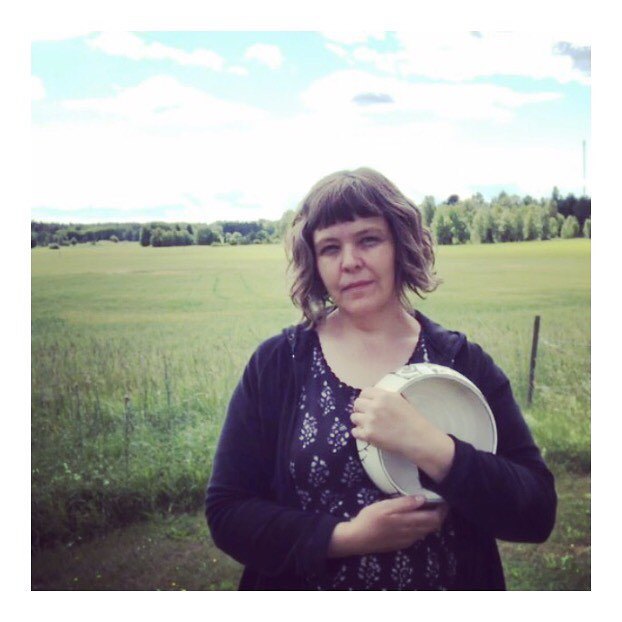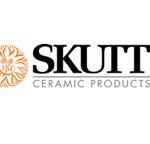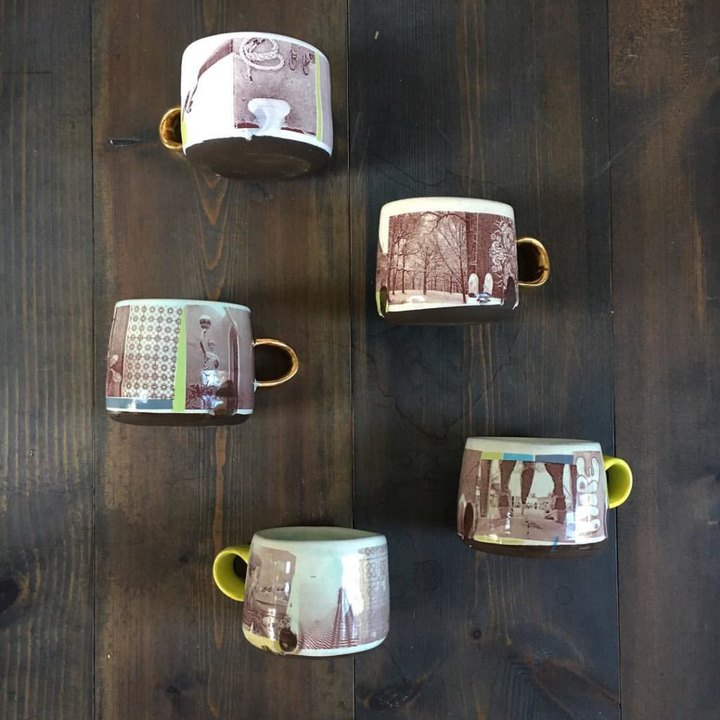Podcast: Play in new window | Download
Maud Andersson, Helle Bovbjerg, Daniel Gillberg | Episode 414

Maud Andersson
While at NCECA I had the privilege of sitting down with this group of Scandinavian potters to talk pots. Maud Andersson, Helle Bovbjerg, and Daneil Gillberg talked about how Scandinavian potters approach clay differently from American potters. It is an interesting conversation of differences. Maud practices her ceramics in Sweden, Helle does her ceramics in Denmark, and Daniel does his clay work in Sweden. Between the three of them, they represent the three countries that make up Scandinavian region.

Helle Bovbjerg

Daniel Gillberg

SPONSORS


Number 1 brand in America for a reason. Skutt.com

For all your ceramic needs go to Georgies.com
Where do you find the inspiration to keep making good and work and stay excited about it?

Maud Andersson
Maud Andersson: I think it is a mix of a lot of things. When it is close to your heart it really generates itself. It’s like it has its own motor. If you are not doing it you are missing it and you feel like you have to find some more time for it. In my case I always come back to doing aesthetic things. I wasn’t bad in other things but I like that most. If you really like something then you find strength for it and time for it. I think about what my ceramic teacher told me, If you really, really want to do this, you will find a way of doing it. I also get inspiration from my environment. Five years ago I really realized that I much more affected by my environment and the countryside than I admit to myself.

Helle Bovbjerg
Helle Bovbjerg: I find my inspiration in industrial harbors so I like to go and visit harbor cities and take photos. I don’t know what I photograph. I just photograph and then I reflect on it later and keep it in my work somehow, the narrative of the harbor. Keeping inspiration up is actually keeping working in the studio. Being there you get inspired by keeping your mind in the studio makes inspiration come to you.

Daniel Gillberg
Daniel Gillberg: I think it is an ongoing process for me. At the moment I am starting to realize that I am really a decorator and I think I have always been one. This is maybe why I feel a bit more free now, when I broke out from the strict white Scandinavian aesthetics. I am also really interested in traditional techniques, both making on the wheel but also traditional ways of decorating your pots. I am also a paper conservator, and I work a lot with Asian papers and I recently discovered the tissue transfers that they use in Asia when producing their porcelain. I find it interesting to take traditional techniques like that and put them in a new context.
How do you go from the skill level you have now to up your game and be a better potter?

Daniel Gillberg
Daniel Gillberg: That’s a very good question. I think in terms of critique, I think it is very good to have those conversations with your fellow potter friends, That is why Marco Polo is good because you can show your pots and get feedback from fellow potters. I think that is a good way of doing it. To present your work and be able to take the critique as something constructive. And to know that you can always develop and move up to the next step. I also think making a lot of work is also a big key.

Helle Bovbjerg
Helle Bovbjerg: I think it is a really good questions also. I will agree with Daniel that you can use that app and feel very safe to share with each other and we feel we are on the same path. When we ask questions about handles or he gave me feedback on my new yunomis that I made he pointed out some things and gave me an awareness of what was good that I actually couldn’t see myself. I have been working with clay all my life, since I was a child actually, and it is really interesting that the more you work with it the more difficult it gets. But I use the same slips and glazes mainly, of course I change a little bit, but it is so funny how much you can get out of just using the same material but using it different ways.

Maud Andersson
Maud Andersson: I was in a program that was called Creative Entrepreneurship about 5 years ago and it was a lot about finding the heart of your company and what was it and what you want to express and what is most close to you, and what do you want people to discover and understand. That really took away a lot of home-blindness, when you are at home and you don’t really have a perspective of things. I really feel like when an author goes away for writing a book somewhere else, you get to see it with other kind of eyes. So when I started to put the countryside in my pots and in my brand as well very much more, and yesterday a friend said, You really have put the environment in your pots. My studio used to be a stable for working horses that my grandfather had because I am living on this family farm. So I really started to use my own treasure box. With technical issues it is very good to ask someone, you don’t really have to know that potter you just ask them about it.
Is it a threat that our work gets too homogenized if we are all borrowing from each other?

Maud Andersson
Maud Andersson: No, I don’t look at threats, I look at opportunities. Everyone puts everything in their backpack. All the people you have met and all the environment you have been to and what you spend your hours doing, they are all there and you make your own mix. If you haven’t used your own backpack that is something you have to work with.

Helle Bovbjerg
Helle Bovbjerg: I think there may be a little tendency in Denmark that people have a difficulty in finding their own thread. Also companies steal artist’s thread, you could say. Some design companies really steal potters work. Others are really eating out of our DNA and I think that is dangerous. It is popular for a lot of young people to make ceramics right now and they kind of of eat (copy) and I think that is really a pity.

Daniel Gillberg
Daniel Gillberg: It is one thing to borrow something and it is another thing to steal. It is a threat that suddenly you see things maybe at IKEA or big companies that surf social media for new ideas and stuff. But at the same time, what Maud said, borrowing stuff but making it your own, like you have an idea or maybe you see a cup with a pattern or wall paper or something and you sit down and look at it and think, OK what do I really like about this piece? It is the American handle. OK. So what if I take my work and do something in a similar style and build up your own voice in a way. In that way borrowing can be a good thing but we must really look out for the stealers.
Contact:
Maud Andersson
Instagram: @maudiskoby
Helle Bovbjerg
Instagram: @hellebovbjerg
Daniel Gillberg
Instagram: @d.gillberg